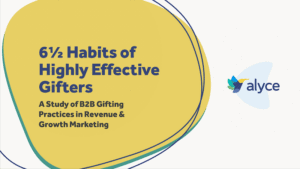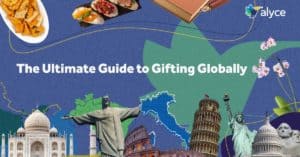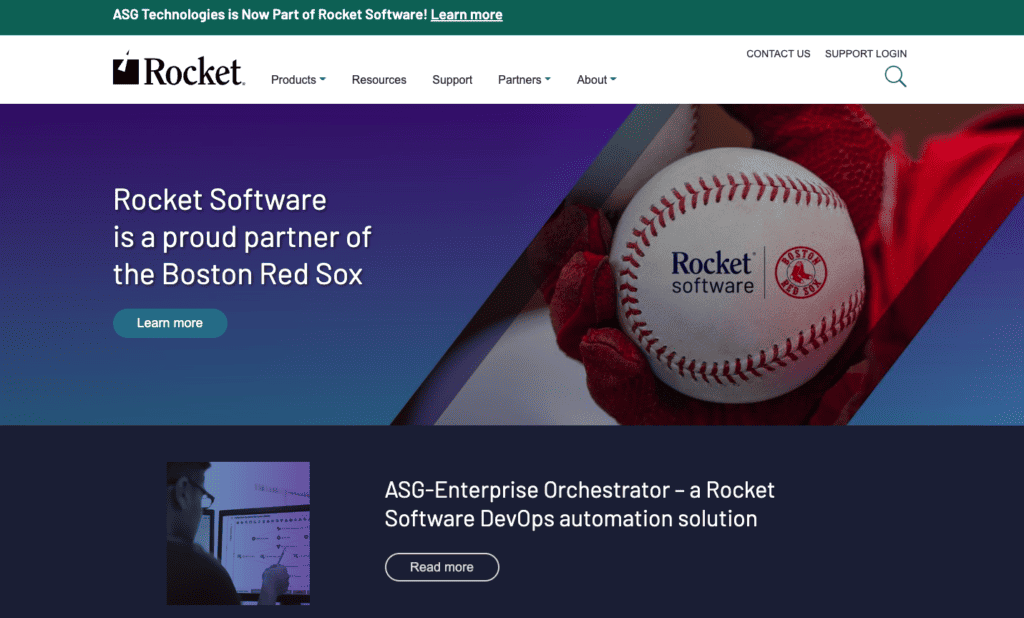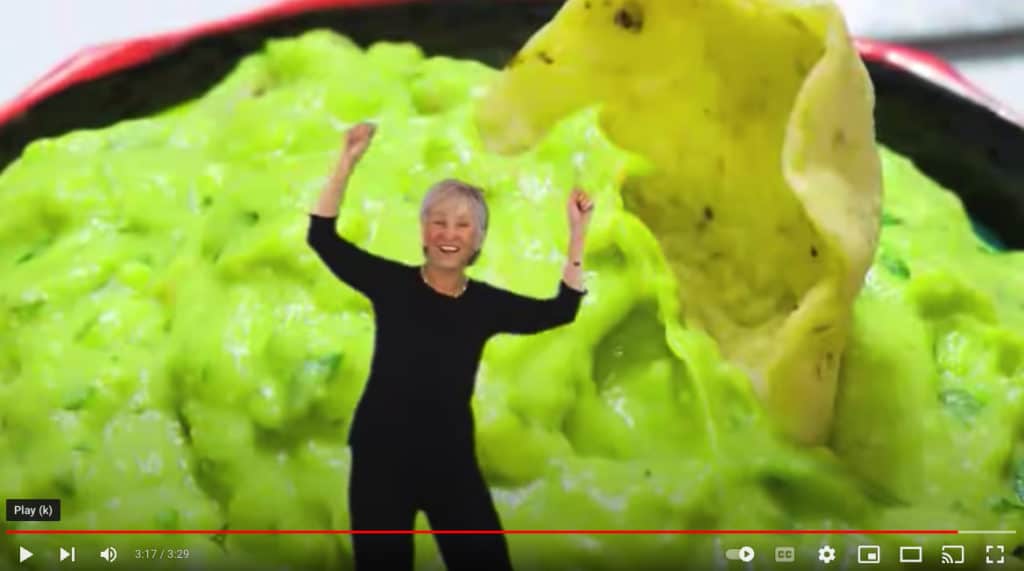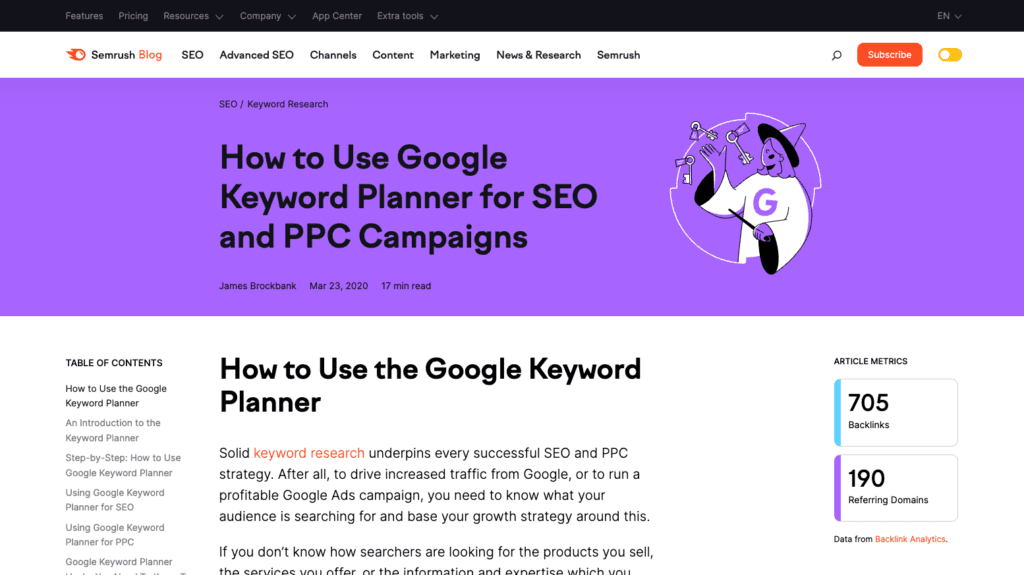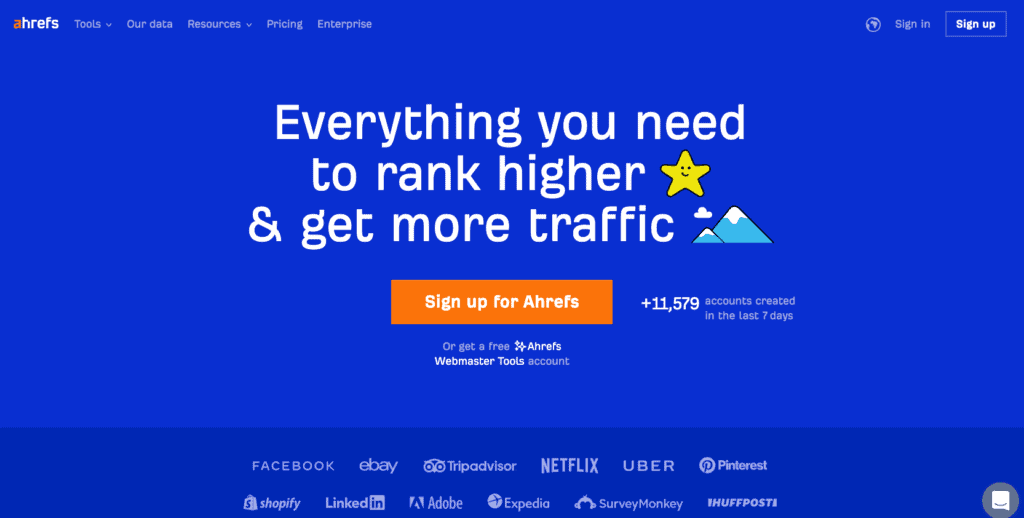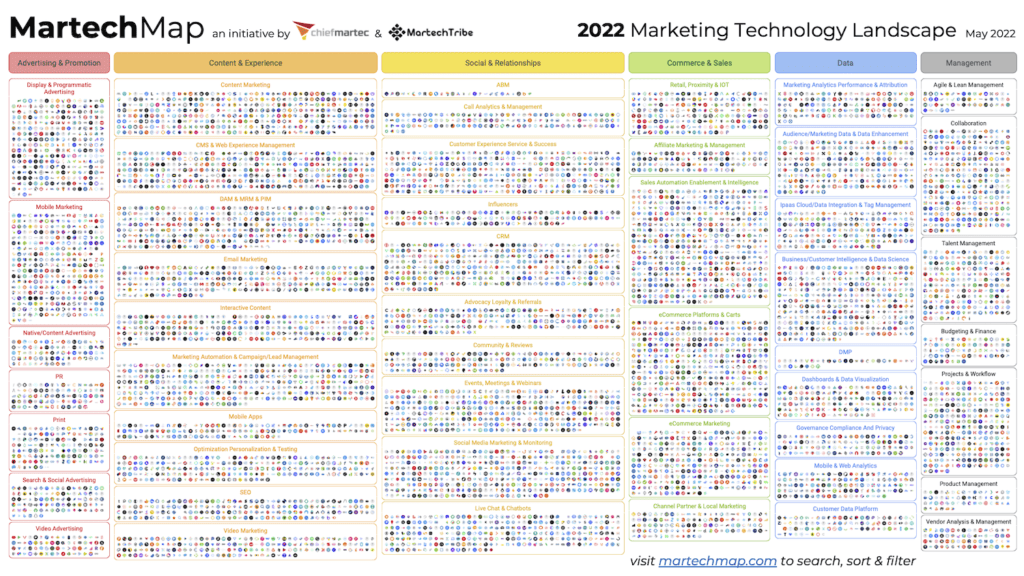
“Game over. Continue? 10, 9, 8, 7 6, 5 …”
That’s what it feels like for marketers to drive awareness and demand. You’ll eventually beat the big boss if you put enough quarters in. Outbound marketing is the same because you must try different moves to advance your position — or you’ll lose.

Unfortunately, outbound carries a negative connotation for being too transactional, resulting in unsolicited cold calls, direct mail, and other annoying forms of outreach.
It doesn’t have to be this way. We know because we’ve lived it.
Covered below, we’ll showcase several solid examples of outbound marketing to inspire your team. Use these examples to elevate your brand awareness, drive conversation, and ultimately maximize your marketing efforts.
- Outbound Marketing Essentials
- Examples of Outbound Campaigns
- Outbound vs. Inbound
- Ineffective Outbound Marketing Tactics
- A Better Outbound Strategy
Outbound Marketing Essentials
Let’s get back to basics. So, what is outbound marketing?
Outbound marketing is a marketing method to reach and engage a potential customer or target audience before interest has been established. Outbound marketing tactics include cold emails, TV ads, and billboards.
A business would rely on outbound marketing to build an audience, test product ideas, and close more sales. One advantage of getting in front of your target audience is that prospects won’t view you as a commodity among a lengthy list of providers.
Conversely, inbound marketing happens when a brand creates content to entice buyers to educate and guide them to purchase.
The most effective outbound marketing campaigns focus on establishing an individual connection, staying relevant, and demonstrating thoughtfulness during their journey.
Think about it this way — would you want to grow by annoying hundreds of thousands of people or scale through relevance with potential customers genuinely craving a better business relationship?
Likely the latter because it’ll conserve your budget, keep your team dialed into your audience needs, and not hit a “touch” quota.
Read on to learn about several examples of companies reaching buyers long before an inbound marketing strategy would prove helpful.
5 Examples of Outbound Marketing To Build Brand Awareness
To build an audience, you need to turn to outbound marketing. Inbound can work but requires a healthy level of demand and patience.
Outbound allows sales and marketing leaders to take ownership of their go-to-market (GTM) strategy.
Done correctly, outbound marketing delights your target audience by providing them with a product or service right before they need it.
A few examples are B2C; nevertheless, B2B brands should learn from them when developing an outbound strategy.
1) Personal Email Outreach
IT services leader ASG Technologies used personal email outreach to connect with potential clients. Its sales development team used the Alyce gifting software for its 1:1 outreach to influence $2.8 million in sales pipeline.
Why it worked:
- The company focused on 1:1 interactions while competitors battled it out in email campaigns.
- Outbound proved effective in keeping deals moving forward during the pandemic.
- Connected potential customers with advocates to enhance sales effectiveness.
2) In-Person Events
In 2018, Mars Incorporated advertised the launch of a new flavor through immersive pop-up event experiences for consumers. It was designed to be social media friendly: featuring bean bags stacked 12 feet tall and a human-sized coffee mug.
Why it worked:
- M&M’s marketing experience resulted in eye-catching photos across social media. Viral user-generated content reached people where traditional marketing TV ads wouldn’t.
- Aside from the fun photos, people could vote for the next flavor. This engagement gave people a voice to help the company sell more in a retail environment.
- The “flavor rooms” experience was so unique that many media platforms advertised the event.
3) Social Media Influencer Outreach
Media outreach used to mean connecting with journalists, editors, and bloggers. These days? Anyone with a social media account is a publisher.
Chipotle encouraged user-generated content through their #guacdance challenge. TikTok users were encouraged to post a video of themselves dancing and, in exchange, were offered free guac with their order on July 31. The campaign was wildly successful, and the #guacdance hashtag currently has over one billion views.
Why it worked:
- Chipotle recognized the value of user-generated content. According to Clickz, 55% of consumers trust user-generated content over other forms of marketing.
- The viral nature of TikTok reached far more than the brand could by itself. They tapped social media influencers to get the #guacdance trending.
- The takeaway for B2B is even if you have a new case study or free template, find the top voices in your industry to have them rave about it. This will deliver more ROI than any display ad could.
4) Content Marketing Multipliers
Marketers love to debate the merits of outbound vs. inbound strategy. But realistically, the focus should be on using both strategically.
After creating delectable inbound marketing content like infographics, whitepapers, and ungated webinars, use outbound to direct your target audience to them.
Semrush used Google Ads to place their blog post, “How to Use Google Keyword Planner,” at the top of SERP listing results for searches about Google Keyword Planner. In this case, the company used paid search to get in front of a wide audience to promote a premium content asset.
Why it worked:
- By using paid search, Semrush put its valuable content in front of consumers actively searching for it.
- Instead of using a form to capture contact information, they immediately deliver actionable advice.
- The company was able to “jump the line” by forgoing time-consuming search engine optimization (SEO) efforts to rank well.
5) Podcast Mentions & Interviews
Like social media influencer marketing, podcast marketing takes advantage of an existing, engaged follower base. On Spotify alone, there are four million podcasts. So chances are, a podcast exists for your niche.
Ahrefs (pronounced “H-refs”) revealed all the details of a marketing effort to plunge into podcast advertising. Rebekah Bek notes that it was a lengthy process, but it can pay off in big ways. For a $50K investment, the company generated approximately 27% more account signups that pay between $100–1000 per month.
Why it worked:
- Podcast ads allowed Ahrefs to support fellow advocates and trusted voices in the SEO industry. Some placements resulted in strong endorsements from highly engaged hosts.
- Some podcasts did more than just audio ads. They drove social media mentions, contests, and brand-building in ways that an industry tradeshow just can’t deliver.
- The execution was atypical of most radio ads. It wasn’t invasive and complemented each host’s unique delivery and style.
Staying top of mind happens long before one enters the sales funnel. Effective outbound doesn’t cram your message down the throat of an unwilling audience.
Think about where potential customers go for trusted information. Be careful not to confuse a channel’s population (size) with its resonance. When it comes to outbound, smaller channels can yield better results.
Outbound vs. Inbound Marketing
We hate to be the bearer of bad news, but there’s no “one size fits all” marketing channel. Here are the pros and cons of each.
Outbound
The ideal outbound marketing channel is in any place where your target decision-makers are receptive to hearing your pitch. In other words, get your message to your audience the way they want.
Some examples of Outbound channels include:
- Direct mail
- Social media
- In-person events
- Outreach email
- Offline advertising: billboards, radio ads, and TV ads
Outbound efforts can become even more effective when paired with inbound value-added strategies. Use outbound as a tool to direct qualified leads toward your inbound content.
Related: Outbound vs. Inbound Marketing: Which One Works Better?
Inbound
As a “pull” form of marketing, inbound marketing requires research around buyer behavior and personas. Rather than meeting buyers where they are, you have to build interest from your landing page or offsite content.
HubSpot has reported that the top inbound channels are:
- Social media
- Websites/blogs
- Content marketing
Simply producing content with an “if you build it they will come” mindset won’t cut it these days. You need to get it in front of the right audience.
It’s not choosing inbound vs. outbound — use both!
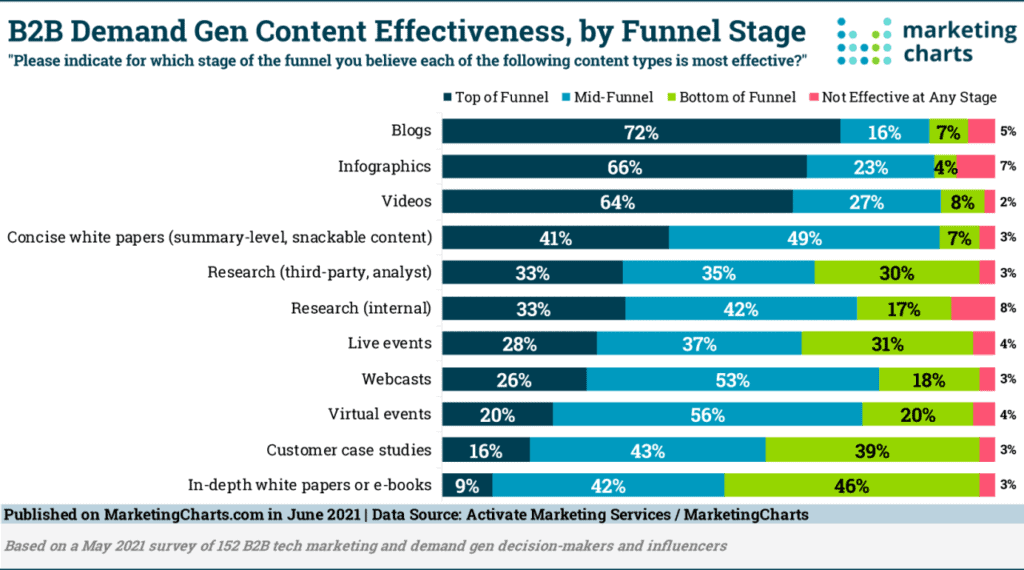
Push vs. Pull Marketing Strategies
At the heart of these marketing tactics is a push vs. pull approach. Both have advantages and flaws and can be critical to a successful marketing strategy.
Push
Critics of outbound strategies classify it as “interruptive,” as it introduces your brand or message to the consumer without them explicitly requesting it.
Outbound marketing tactics have historically pushed a message upon many consumers in the hope of some converting later. But, unfortunately, it’ll fall flat when a message isn’t well-timed, personally engaging, or thoughtful.
It can also be challenging to measure results depending on the paths people take to reach you. Attribution complicates things further. Suppose someone heard about your brand through a video embedded on social media. They might Google your company and click on the first PPC ad that appears. So, what will your analytics tools show?
Outbound campaigns typically revolve around a pain point or feature. The truth is that brands only have a few seconds to grasp their prospect’s attention, so they are limited to selecting a single message they expect to perform best.
Pull
An inbound marketing strategy provides content and resources to those searching for them. This form of marketing attracts them to your brand by delivering relevant content in their time of need.
Inbound comes with its challenges. Its approach to organic leads is subject to influences like search and social media algorithms and requires a ton of energy upfront to perform.
Executing an effective SEO strategy is resource-intensive, and the increased competition with inbound content makes it increasingly difficult to make your mark. Yet, over time, these marketing efforts compound to acquire new customers affordably.
Grow Using Outbound & Inbound Strategically
An effective marketing campaign must reach people before and when they are ready to buy. Therefore, brand recall is critical, given that over 9,900 marketing apps compete for the same budget.
Unfortunately, many of yesterday’s outbound marketing techniques have focused on lead generation instead of lead quality. So while a higher MQL count looks nice on a marketing automation report, it doesn’t necessarily generate value.
So what are some old, tired outbound marketing playbooks to avoid? Here’s a primer.
Less Effective Outbound Marketing Tactics
Traditional marketers play the numbers game. If only they can reach millions of potential customers, they’ll succeed — it’s a fallacy sold by ad networks.
Don’t mindlessly collect names and emails to boost your marketing numbers. And let’s be honest, most decision-makers have caught onto lead-gen tactics.
Are you using any of the following outbound tactics? If so, it might be time to scrap them.
Email marketing blasts
Stay far away from list brokers who claim to provide a list based on a given B2B persona. Lists are dangerous when contacts have no desire or demand for your product or service.
These brokers don’t profit based on your sales. Therefore, it’s not in their best interest to sell you qualified leads only to convince you to purchase their list in the first place.
Most of the time, these lists are full of outdated contact data and individuals who did not consent to be emailed. Cue the unsubscribes, spam messages, and plummeting email reputation score.
Email marketing can be effective, but not by spamming purchased decision-maker lists.
Cold calling
Akin to cold emails, telemarketing thrives on forcing a message in front of a prospect without any desire established. Besides being heavily regulated, expect many hang-ups and voicemails long before someone says, “Tell me more.”
How often have you gotten a call from a stranger that was welcomed? According to the FTC, unsolicited calls are the top source of scams, citing an increase since the start of the pandemic.
The exception to avoiding cold calling is when you have credibility, value to provide, and are incredibly methodical with whom you dial.
Search engine marketing
The days of just setting a ridiculously high-paid digital marketing budget to attract and “retarget” casual internet users are numbered. You’re more likely to attract fraudulent clicks and collect fake email addresses from your PPC landing pages.
Paid search engine optimization can be effective but requires high-value content to back it up. Advertising a gated whitepaper or free report in PPC will net you almost no leads — so spend wisely.
LinkedIn connection sprees
Adding irrelevant connections without delivering value or showing interest is a wasted effort. Furthermore, doing so can result in LinkedIn restricting your account, not to mention being a nuisance to your potential audience.
Instead, focus on gathering referrals from past clients or reaching out to those you can genuinely help without asking for a meeting or sales demo. The bare minimum for every B2B marketer or salesperson is to thank past clients and celebrate their accomplishments.
Door-to-door sales
Unless your product is immediately valuable (e.g., broken roof shingles to a homeowner), this form of marketing doesn’t deliver. Instead, expect to waste a lot of time being told “no” and even fielding social media complaints.
Respect the privacy of your prospect’s home or workplace and avoid pitching services that people legitimately do not want.
There’s good news, though. A better way to execute outbound marketing is here.
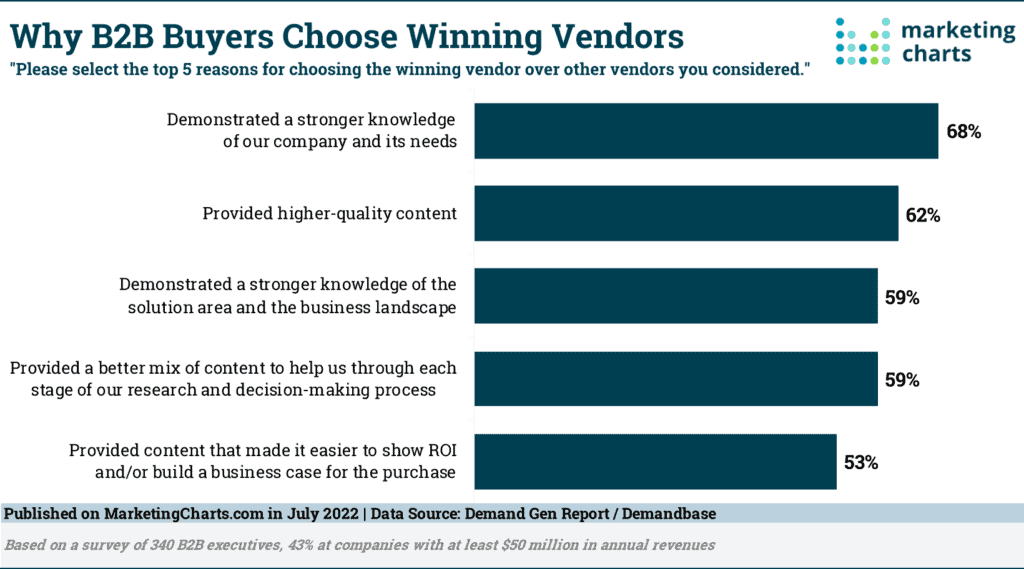
Outbound ❤️: The Best Form of Outbound
So, what makes an outbound campaign achieve 30%+ conversion rates?
Is it the landing page? Maybe the CRM? Could it be the clever PPC ads?
Effective outbound campaigns have one thing in common: it’s all in the approach.
What do people want from good marketing? A genuine connection. Don’t focus on finding the perfect outbound channel but on how you approach each channel.
The best marketing strategy prioritizes a meaningful exchange between a company and a qualified audience.
In other words, the best outbound marketing practices Outbound Love.
Pillars of Outbound Love:
- Personal – Engages the audience on an individual, relatable level.
- Relevant – Delivers relevant content and context along the buyer’s journey.
- Thoughtful – Respects the target audience’s time and cultural interests.
Outbound Love encourages you to take a step back and consider the recipient’s experience. Create outbound experiences that delight and provide value, rather than chasing a contact email.
Are you proud of your outreach efforts? Would you use them on a family member? If not, it’s time to shift to Outbound Love.
Like any marketing or sales leader, you likely want to know if it works. Our gifting platform is living proof it does because we discovered that our enterprise clients wanted to be respected when it came to evaluating and scaling their gifting programs.
It enhances marketing campaigns by helping brands avoid impersonal follow-up touches in their outreach. For example, the B2B data powerhouse 6sense generated a 5x ROI on its prospect outreach through personal gifting.
Practice Outbound Love by updating your tactics to focus on a narrow market segment, delivering value early on, and investing in the relationship — not just adding contacts to a 10-step email campaign.
You can also:
- Surprise prospects with a gift card after downloading an e-book with our HubSpot gifting integration.
- Delight registrants with branded swag to bring to your upcoming business conference. (And be sure to send some to those attending virtually, too!)
- Appreciate your top customers by allowing them to pick virtual swag at milestones such as onboarding and renewals.
Your future customers will thank you for putting their needs first, and the results will speak for themselves.
Ready to take your marketing program to the next level? Schedule a live demo with one of our gifting experts and we’ll suggest outbound marketing examples to attract tomorrow’s customers.



